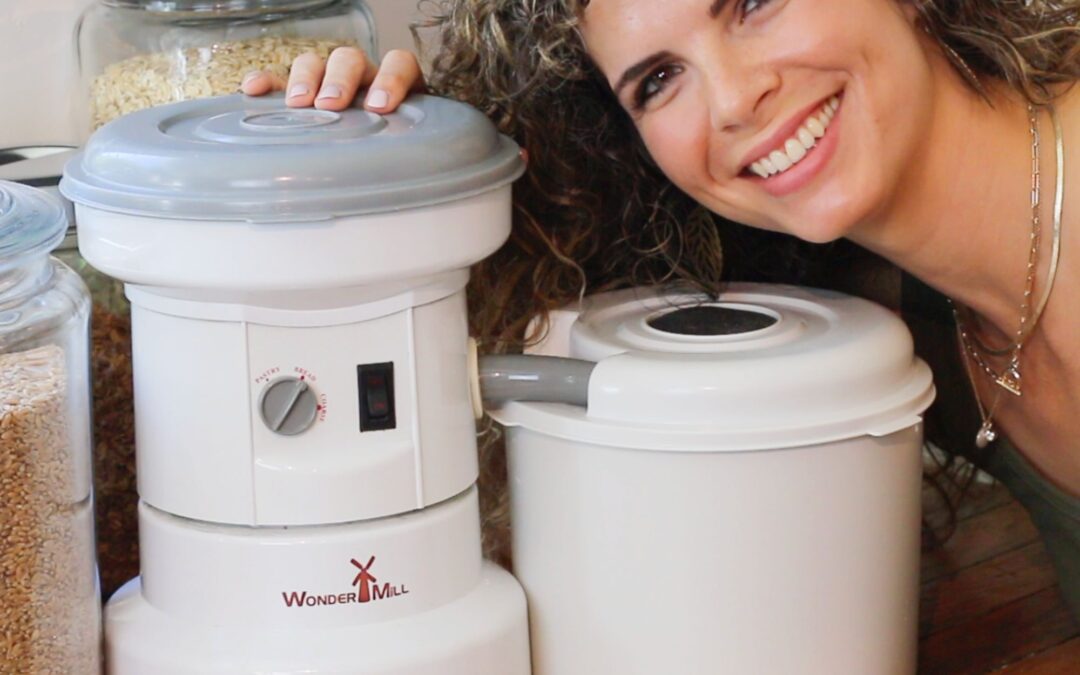Ever wondered if a grain mill was worth all the fuss? Here’s what you need to know about milling your own flour.
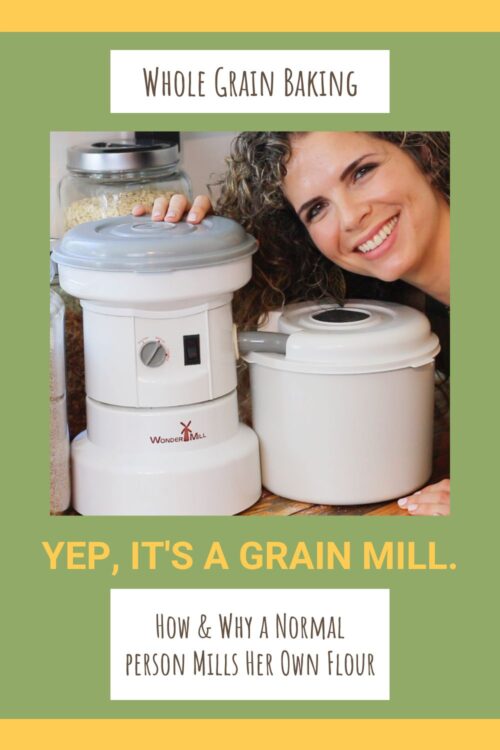
This post contains affiliate links. That means if you click on my link and buy something, I will earn a small commission from the advertiser at no additional cost to you. Read my disclosure policy here.
I know, using a grain mill to grind your own flour sounds so extra. It’s a little crazy. Regardless, grinding my own flour has been extremely economical and practical over the years.
Using a Grain Mill to Make Whole Wheat Flour
Three reasons why grinding my own flour isn’t as crazy pants as it sounds:
- It tastes AMAZING. Be honest. Storebought whole wheat is not great. Freshly ground flour makes your baked goods taste a thousand times better.
- It’s a budget-friendly way to eat whole grains. If you know you’ll be working with whole grains for a long time, it’s well worth the cost.
- You can grind all kinds of grains – including gluten-free and lower gluten trendy “ancient” grains like einkorn or spelt.
I love baking. Genuinely. And I grew up with a grain mill at home (hello, hippy dippies). Investing in a flour mill made sense for me. Maybe not for you. Watch this video, read this post, and decide for yourself.
Let me be clear.
I’m not trying to sell you a grain mill. I’m not trying to convince you that you need one. But I get TONS of questions about it, and I put off answering them.
Now, I’m answering them the best way that I can without getting too far into the weeds about science and nutrition vs. pseudo-nutrition and crunchy trends. Instead, I want to show you what works for me on a budget and why.
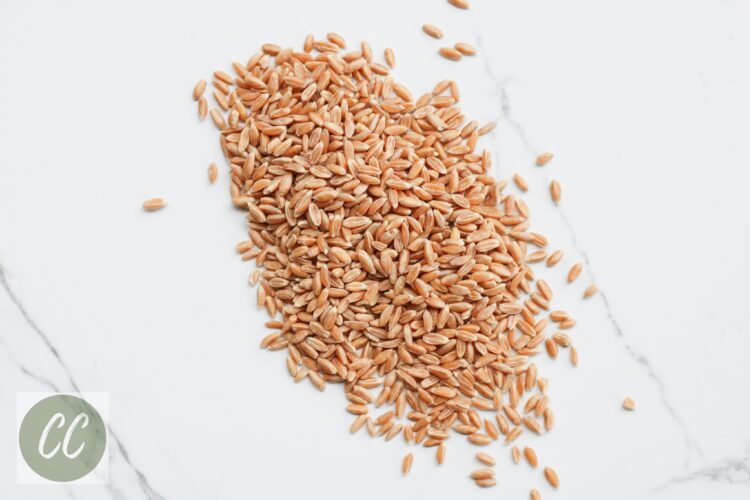
What Does a Grain Mill Do?
In case you don’t know what a home grain mill is, it’s a small mill that grinds whole wheat grains (called “wheat berries”) into flour. Most mills are about the size of an air fryer, and you can store them in a closet or cupboard and only take them out when you want to use them.
Just dump the wheat berries into the grinder, and in a few seconds you have the most delicious, tender whole grain you will ever bake with.
What Can I Use Instead of a Grain Mill?
There are a lot of different kinds of grain mills, and while they aren’t extremely expensive, they are an investment – especially for an appliance that only does one thing: mill flour.
Some people try to DIY it with multiple millings in a food processor or coffee grinder. These methods usually give you coarse grain that yields pretty dense, crumbly results (ask me how I know), and your coffee grinder will burn out trying to grind enough flour for all of your recipes.
You can buy attachments for your Kitchen Aid Mixer or a Dry Container for your Vitamix or other high-speed blender. These results are usually better than the DIY methods, but not as good as an actual grain mill.
Why a Grain Mill?
A grain mill is a heavy-duty machine that has one purpose: to make the best whole grain flour you ever baked with in your life. If you’re a baker, you’ll go bananas over this.
Is it annoying to have a single-use appliance take up space in the kitchen? It would be if I didn’t love my grain mill so much. But this guy has helped me feed my family amazing, decently-healthy bread on a budget for over a decade now, so I have no complaints.
We love bread. It’s worth it to us.
- Grain mills are excellent at what they do: make amazing whole wheat flour.
- They are sturdy machines. Mine is going strong at 12 years old with heavy, regular use.
- They usually take up about as much space as an air fryer. You can tuck it in a cupboard no problem.
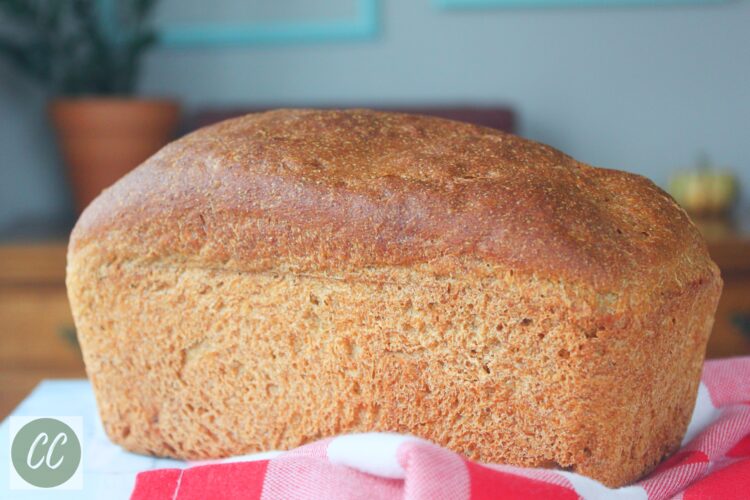
What Kind of Grain Mill Should I Get?
There are a ton of different kinds of grain mills. The brands I trust the most are WonderMill (mine), Nutrimill (soooo pretty), and Mockmill. They’ve been around for a long time, and everyone I know who has one loves it.
In the photos, you’ll notice my WonderMill takes up more space than an air fryer because it’s actually two separate containers – the mill and the flour container. I like having two containers because I can detach the flour container and store it in the fridge (which you have to do with fresh flour to keep it fresh). The actual mill that stays in my cupboard is still about the size of an air fryer.
What Kinds of Grain Can I Use in a Grain Mill?
Did you know there is not just one kind of whole wheat? There are many kinds of whole wheat, and each one is better for different types of baking. Considering you normally only get to choose a generic “whole wheat” at the grocery store, this is one reason why home-ground baked goods turn out better. I can control what kind of grain I use.
If figuring out what kind of grain you need to use for each recipe sounds overwhelming, don’t worry. Typically, wherever you buy whole grains will say exactly for what kind of baking these grains are better.
The main thing you need to remember is this:
- Hard wheat varieties are better for baking bread
- Soft wheat varieties are better for pastries (cookies, cakes, etc.)
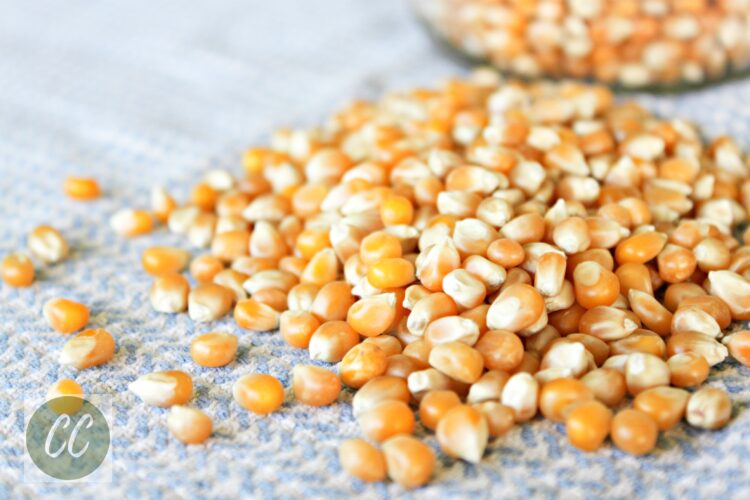
Grains You Can Use in Your Grain Mill:
- All varieties of wheat
- Oats (only whole oats, not rolled oats for oatmeal)
- Corn (for cornmeal)
- Rice
- Spelt (a lower-gluten wheat)
- Einkorn and other trendy ancient grains
- Even chickpeas for gluten-free flour
Personally, I use spelt more than anything else right now. We have gluten sensitivities, and it’s the most budget-friendly option.
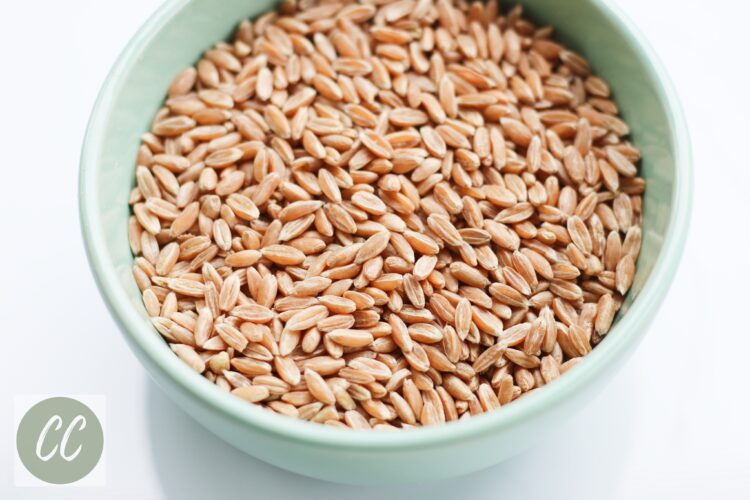
Where Do I Buy and Store Grains?
- Bulk Natural Foods (my local food co-op)
- Azure Standard co-ops
- Amazon even sells all kinds of whole grains in smaller amounts
However, I buy mine in 50 lb. bags because it’s more economical, and at this point, I know we’ll use all of it.
For storage, I buy food-grade five-gallon buckets (Lowe’s or Home Depot are the most budget-friendly options I found) and I buy lids that are easy to get on and off. Some people swear by Gamma Seal Lids. I use something like this.
A basement is a great place to store grains. We don’t have one, so I store mine in the garage in the winter. In the summer I store them tucked out of the way in the house because it’s so daggum humid where I live.
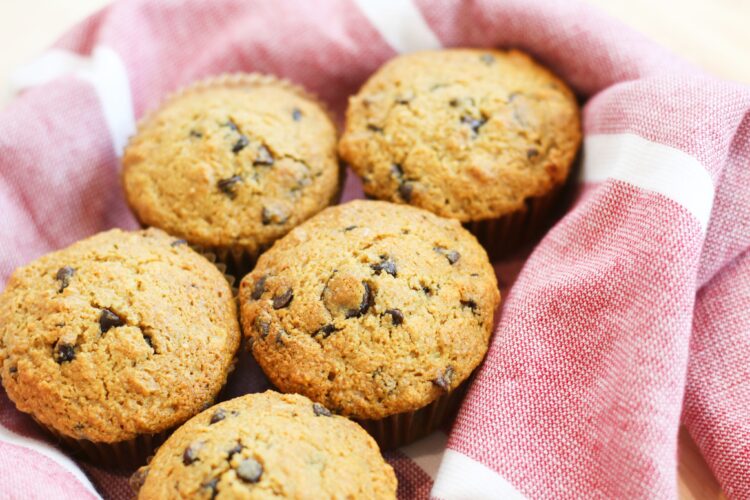
What Can You Bake with Freshly Ground Whole Wheat?
The short answer is ANYTHING. I’ve probably tried almost everything there is to bake.
I add whole grains to a lot of recipes, typically half whole wheat and half unbleached all-purpose. 100% Whole wheat gives you a much denser, crumblier result. That’s fine if you want that. I used to do that with spelt flour when we needed less gluten.
Here are some of my favorite whole grain recipes:
- I add up to 50% whole wheat in this bread recipe
- Non-Crumbly 100% Whole Wheat Bread
- Mookies (or Muffies)
- Pancakes
- Whole Wheat Muffins
- Strawberry Breakfast Cake
- Oat & Fruit Bars
- Apple Crisp
- Peach Cobbler
- Irish Soda Bread
- I add up to 50% whole wheat in this sourdough bread recipe
- Sourdough pancakes
I’ve made pretty much everything with spelt or whole grains in the past – you name it. I’ve probably baked it. These are the simple, everyday recipes I make all the time.
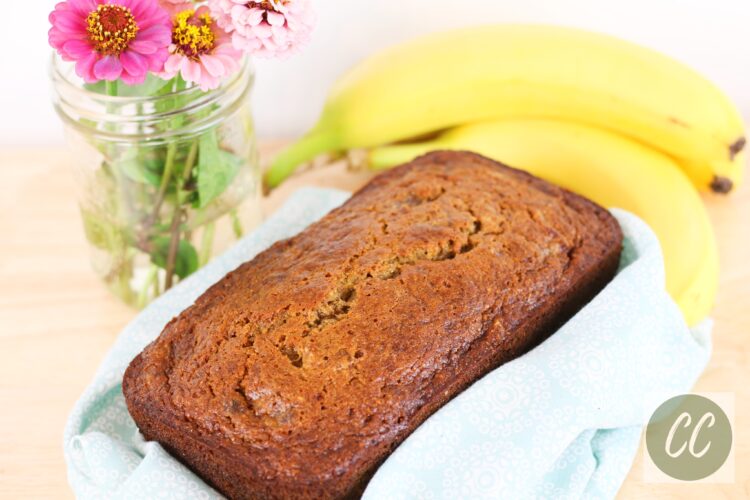
Do you have questions about whole grain and grinding your own wheat?
Ask them in the comments on this video and I’ll do my best to answer them!

